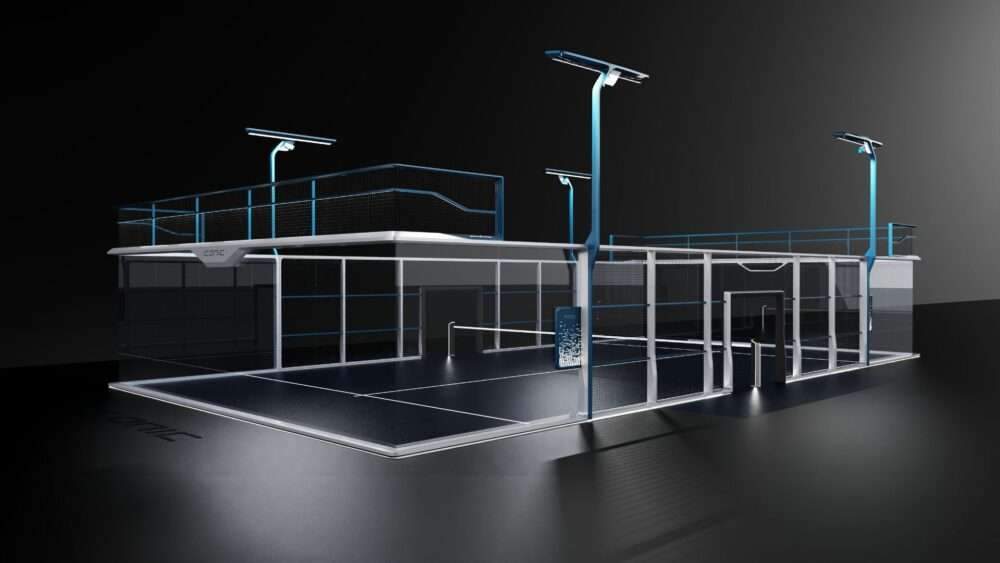Pricing Strategies in Engineering and Architecture
As engineering and architectural firms navigate the dynamic landscape of project acquisition and client relations, one of the critical aspects they encounter is determining the right pricing strategy. In this comprehensive guide tailored to the context of engineering and architecture offices, we will explore the intricacies of Pricing Strategies in Engineering and Architecture and negotiation tactics. From understanding the firm’s client acquisition journey to mastering negotiation skills, this guide offers valuable insights for firms aiming to strike a balance between fair compensation and client satisfaction. Let’s delve into the world of pricing strategies in engineering and architecture.
Phase One: Building Client Relationships
In the initial phase of establishing an engineering or architectural firm, cultivating client relationships is pivotal. This stage demands flexibility and strategic approaches, particularly if the firm is new to the industry or lacks an extensive portfolio. Building credibility and transitioning to subsequent stages require astute decision-making.
Phase Two: Establishing Expertise
Once the firm has developed expertise and a robust portfolio, it enters a phase where clients actively seek its services. This phase offers opportunities for professional negotiation, leveraging the firm’s expertise and reputation to secure projects.
Evaluating Pro Bono Work
Many firms grapple with the decision of whether to offer pro bono services. While such engagements can help showcase the firm’s capabilities and foster client relationships, they should be approached judiciously, considering the firm’s long-term goals and resource allocation.
Factors Influencing Project Cost
Several factors influence project costs for engineering and architectural firms:
Project Scope and Complexity
Understanding the intricacies of each project is paramount. Whether it involves structural engineering, urban planning, or architectural design, tailoring solutions to meet the client’s needs is crucial.
Client Profile and Project Scale
Consider the size and complexity of the client’s project, as well as the client’s industry profile. Larger projects may entail higher budgets and more extensive requirements.
Geographical Considerations
Location plays a significant role in pricing, considering variations in regional costs, market demand, and project locations.
Firm Expertise and Resources
The firm’s level of expertise, experience, and available resources influence pricing strategies. Projects requiring specialized knowledge or cutting-edge technology may command higher fees.
Time and Deliverables
Project timelines, deliverables, and deadlines impact pricing decisions. Urgent projects or those with complex deliverables may require higher fees.
Selecting the Appropriate Pricing Model
When determining pricing structures, engineering and architectural firms can consider the following models:
Hourly Billing
Charging clients based on hourly rates is common in the industry, particularly for projects with uncertain durations or scope. Hourly billing provides flexibility and ensures fair compensation for the firm’s time and resources.
Fixed Project Fee
Offering a fixed price for the entire project is suitable when the scope and requirements are well-defined. This model provides transparency and predictability for both the firm and the client.
Mastering Negotiation Skills
Effective negotiation skills are essential for engineering and architectural firms. Here are some strategies for successful negotiations:
- Thorough Preparation: Research the client’s background, project requirements, and industry standards before negotiations.
- Value Proposition: Highlight the firm’s expertise, unique value proposition, and ability to meet the client’s objectives.
- Flexibility and Compromise: Remain open to compromise and be willing to adjust proposals based on the client’s needs and budget constraints.
Knowing When to Decline Projects
While it’s essential to secure projects, firms must recognize when to decline opportunities that are not aligned with their expertise, values, or financial viability. Walking away from negotiations respectfully preserves the firm’s integrity and focuses resources on more suitable projects.
Conclusion
Navigating pricing strategies in engineering and architecture requires strategic decision-making, effective communication, and negotiation skills. By understanding the factors influencing project costs, selecting appropriate pricing models, and mastering negotiation techniques, firms can ensure fair compensation for their services while delivering value to clients in the dynamic fields of engineering and architecture.
Finally, find out more on ArchUp:
SHoP Architects: Mercedes-Benz’ first US residential skyscraper






